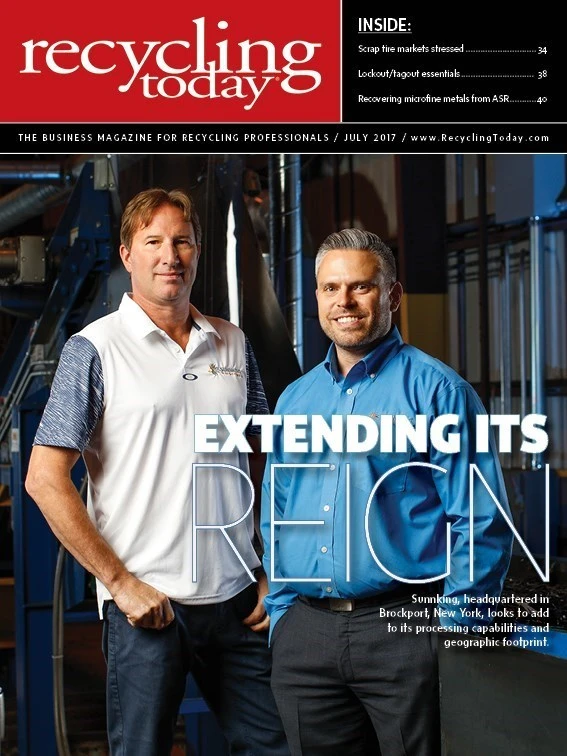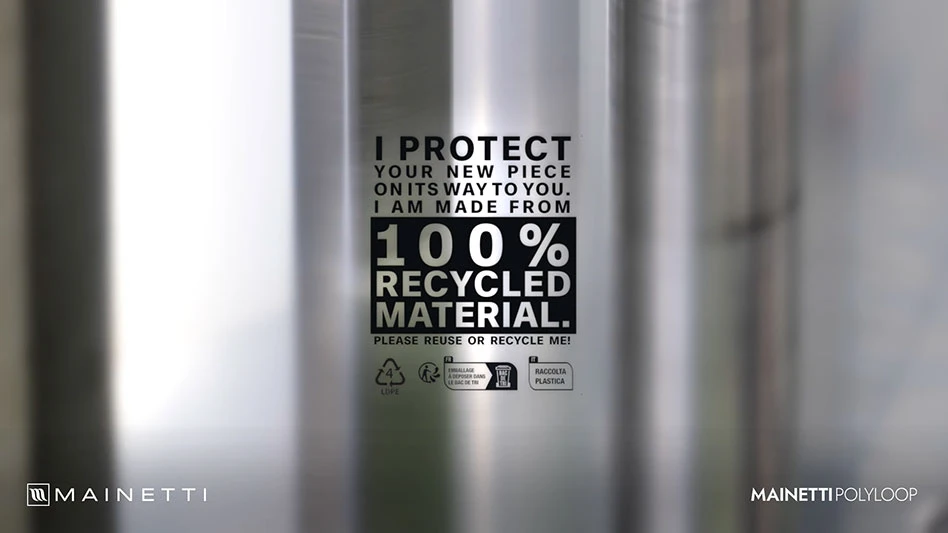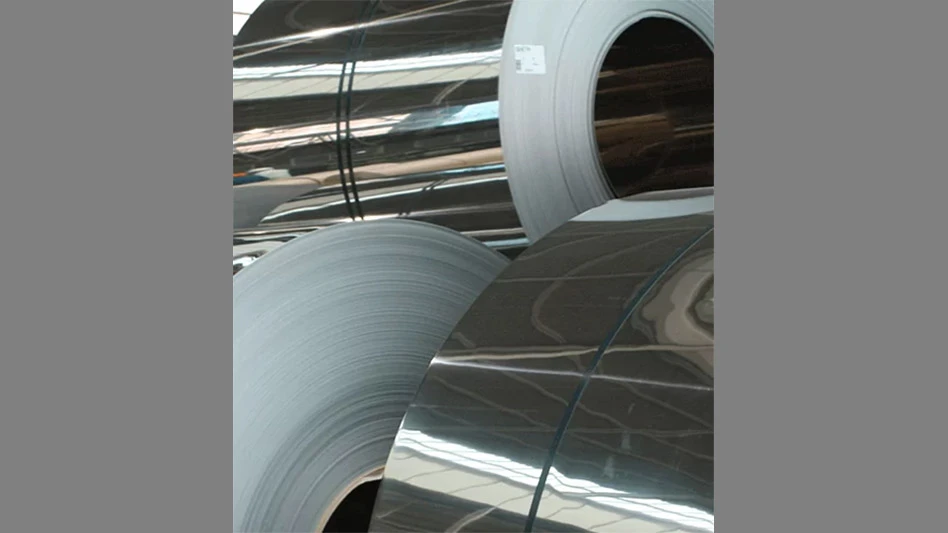Perhaps because it can make for attention-getting reading, recently change often has been presented as disruption. When rapid change comes to an economic sector, however, it is fair to consider not only the losers but also the winners.
A study conducted on behalf of the New York-based International Copper Association (ICA), released in June 2017, points to a change that seems poised to boost demand for copper.
A fact sheet summarizing that study, “The Electric Vehicle Market and Copper Demand,” has been posted to the ICA’s website and provides key conclusions reached by IDTechEx, the United Kingdom-based firm that conducted the study.
The researchers concluded that global demand for hybrid and electric vehicles (EVs) will grow rapidly between 2017 and 2027, spurred not only by green-minded consumers but also by public transportation providers seeking busses with reduced tailpipe emissions.
IDTechEx has concluded that “by 2027, an estimated 27 million EVs will be on the road, up from 3 million in 2017. This will raise copper demand in EVs from 185,000 metric tons in 2017 to 1.74 million metric tons in 2027.”
“While the average internal combustion car contains about 50 pounds of copper, hybrid and pure EVs contain from around 90 to 180 pounds.”
A forecast is not a precise road map to the future, and there are factors that could cause the actual number of EVs purchased by 2027 to fall short of the prediction. As this is written from northeast Ohio in mid-June, gasoline sits at about $2.14 per gallon. That is not a price to prompt some American consumers to make the switch.
Skeptics of the ecological value of EVs also can point to the notion that plugging a car into the grid is not necessarily a flight away from fossil fuels. In some parts of the world, that grid continues to be powered by coal, so drivers are merely swapping one fossil fuel for another.
Those criticisms notwithstanding, there appears to be widespread global momentum toward EVs, and this can be appealing especially to environmentally minded consumers in cases where electricity providers have made commitments to renewable energy.
For copper producers and recyclers, this demand trend represents “change they can believe in,” as EVs contain more copper per vehicle and also rely on copper-laden charging stations.
While the average internal combustion car contains about 50 pounds of copper, hybrid and pure EVs contain from around 90 to 180 pounds. Each charging station can consume from 1.5 to 17 pounds of copper (depending on the speed of the charge).
Should the forecast be close to the mark, nonferrous metals recyclers could be pleased with the added demand from producers and ideally would have more scrap to handle in the approaching decades.

Explore the July 2017 Issue
Check out more from this issue and find your next story to read.
Latest from Recycling Today
- Study highlights progress, challenges in meeting PCR goals for packaging
- Washington legislature passes EPR bill
- PureCycle makes progress on use of PureFive resin in film trials
- New copper alloy achieves unprecedented high-temperature performance
- Gränges boosts profits and sales volume in Q1 2025
- RMDAS April figures show recycled steel price setback
- Steer World offers PEX plastic recycling machine
- New recycling grant program launches in Massachusetts





